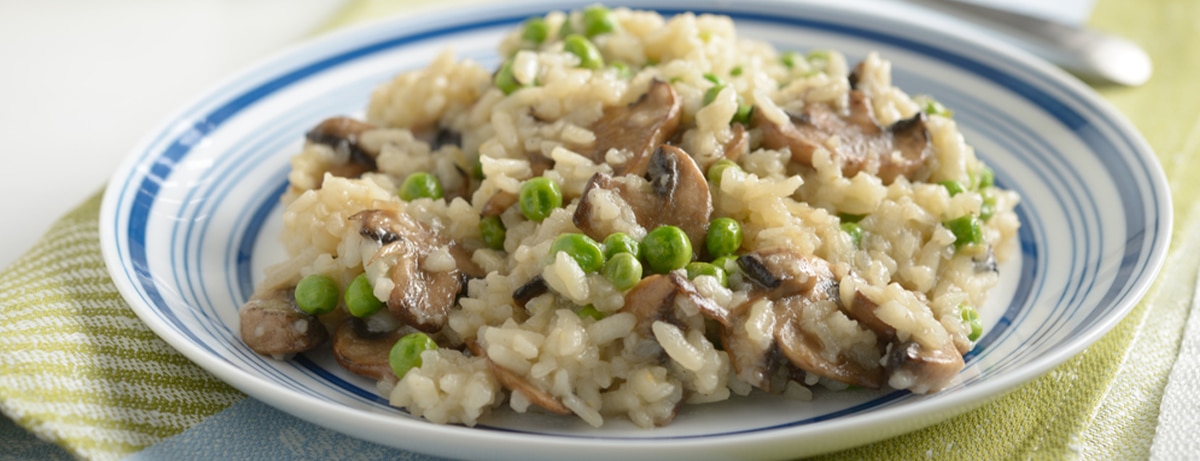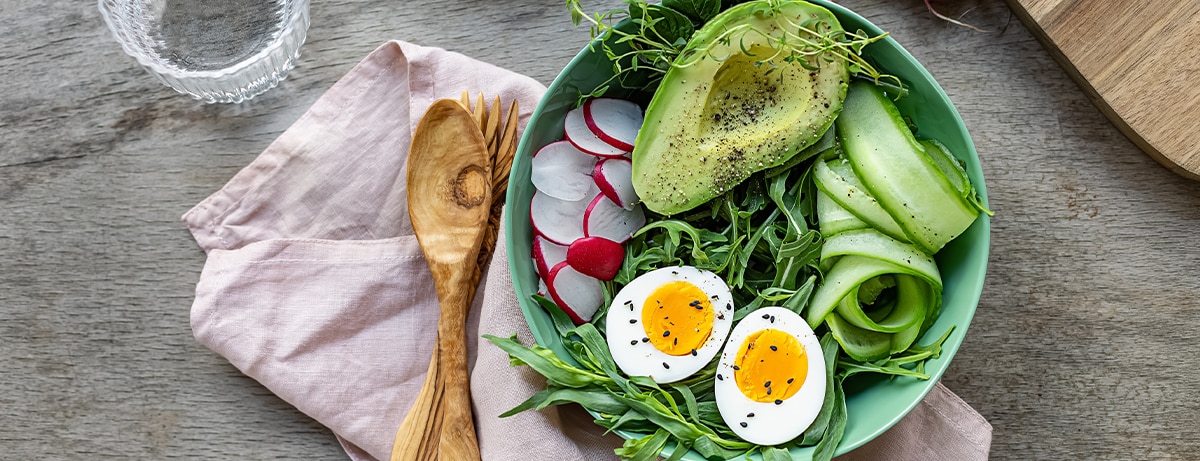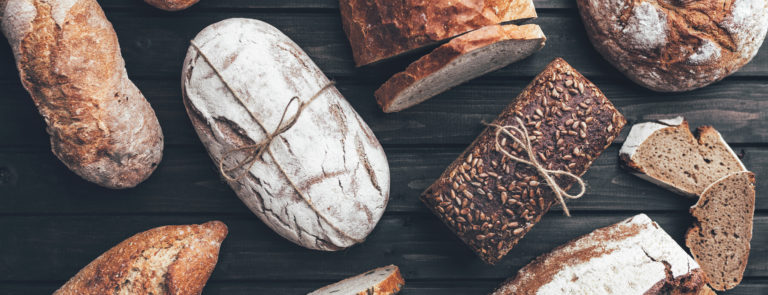10% off £35
What is polenta? Is polenta healthy?
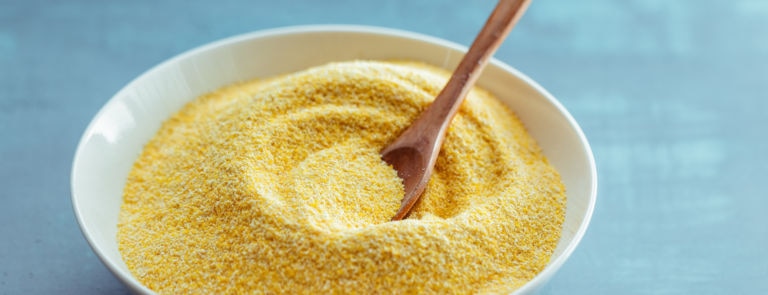
Interested in the health benefits of polenta? Don’t worry there’s polenta to go around!
Versatile, cheap and oh-so-easy to prepare, it’s not a surprise that polenta has grown in popularity across the globe from its humble beginnings in Northern Italy.
It’s made by cooking ground cornmeal in salted water, which transforms it into a creamy side dish or breakfast – quite similar to porridge in consistency.
But is polenta healthy? Keep on reading to find out all the wonderful health benefits polenta has to offer.
In this article, we’ll run through:
- What polenta is
- How healthy polenta is
- The nutrition of polenta
- Vegan polenta
- Where to buy polenta
- What it’s used for
- 9 of the best polenta alternatives
What is polenta?
Pronounced poh-lehn-ta, polenta is a cornmeal concoction that started out as ‘peasant food’ in Northern Italy.
Nowadays you will see it served up in all kinds of restaurants, including higher-end ones where polenta has earned a gourmet status – talk about moving up in the world!
Is polenta healthy?
Without any cheese or cream, polenta is considered a relatively healthy dish.
And although it doesn’t contain a wide range of vitamins and minerals, it is a great source of carbohydrates to keep you fuelled throughout the day.
Find out more about the nutrition of polenta below.
Calories in polenta
In a 100g serving of cooked polenta, there is approximately 64 calories.1
Nutrition of polenta
| Energy | Carbs | Fibre | Sugar | Protein | |
|---|---|---|---|---|---|
| Amount | 64kcal | 13g | 0.8g | 0g | 1.6g |
Carbs in polenta
In 100g of cooked polenta, there is approximately 13.6 grams of carbohydrates, which should help you to eat the right amount of carbs every day, which the Eatwell guide says should be about a third of our intake every day.3
Can you get vegan polenta?
Yes. When you buy polenta grains, they are suitable for vegans.
However some traditional recipes use cheese, cream and milk during the cooking process – so watch out for these if you’re having it made for you.
Where to buy polenta
While it isn’t a super common ingredient that can be found in every food shop, polenta can be found in health food shops and some specialist stores.
Is polenta healthier than rice?
Polenta has a similar nutritional profile to white rice, so it is hard to distinguish if one is healthier than the other.
However, we do delve further into the details of the health benefits of polenta later in the article.
What is polenta used for?
Polenta is a versatile ingredient, and can be used in a number of ways. These include:
- As a porridge-like side dish
- Instead of potatoes or rice
- As breadcrumbs
- As a gluten-free swap for flour in baking
Is polenta suitable for everyone?
Most people should be able to enjoy polenta without any negative side effects.
As we have stated above, it is also gluten-free, allowing it to be on most people’s menus – if you enjoy the unique taste that is!
Potential side effects of polenta
Fortunately, there are little to no potential side effects of polenta.
However, it is important to highlight that a diet on polenta alone without other fresh fruits, vegetables and other sources of nutrition is not recommended.
This is because it has very minimal vitamins and minerals if eaten on its own.
9 best polenta alternatives
Whether you’ve run out or you’re just looking for foods with a similar taste, here are some of the best polenta alternatives to try:
-
Mashed potatoes
Very similar in consistency and appearance as polenta, mashed potatoes make a great alternative to polenta.
-
Semolina
One of the best polenta alternatives is coarse semolina, as it can be cooked in the same way as polenta.
-
Oats
Another polenta alternative that is similar in consistency and boasts a range of nutritional benefits, porridge made from oats is the perfect breakfast polenta substitute.
-
Pureed cauliflower
For a fibre filled, lower carb alternative to polenta, try swapping it out for pureed cauliflower instead! Especially in more savoury dishes.
-
Pureed pumpkin
Low in calories but with an impressive nutritional profile, pureed pumpkin is another great low carb substitute for polenta.
-
Mashed butter beans
For a slightly thicker alternative to polenta, why not try mashing up some butter beans?
-
Mashed sweet potato
If you’re looking for a higher fibre lower carb alternative to polenta, mashed sweet potato could be just the swap you need.
-
Ground almonds
Used more in baking, ground almonds also make a great gluten-free alternative to flour like polenta does.
-
Buckwheat
And finally, another alternative with a similar consistency to polenta is buckwheat.
Just be aware that it has a unique taste, so choose the meals that you use it in carefully.
What are the health benefits of polenta?
Polenta is a complex carbohydrate with some extra nutrition to sweeten the deal.
-
Complex carbohydrate
Although polenta is made from corn, it’s not the same as the sweet corn on the cob variety that you stick on a BBQ. This corn is far starchier.
A great alternative to refined carbs like white bread and pasta, polenta takes longer to break down in your digestive system, which can help you stay feeling fuller for longer and provide long-lasting energy to use throughout the day.
-
Low in sugar
Although polenta is pretty carb-heavy, it is naturally low in sugar.
This is a great combination as you will get the benefits from its impressive carbohydrate content, without having all the excess sugar that often comes along with high-carb foods.
-
A decent source of plant protein
Plants have protein too, and while polenta might not have the highest plant protein content, every little counts.
As you can see from the nutritional information above, a 50g (raw) serving contains 3.5g of protein by itself – if you just cook it with plain old water. If you use cow’s milk or plant milk you can increase the protein even more.
Polenta is usually served up as a side anyway, so when you add additional proteins like meat, fish, meat alternatives or other veggies, you’re serving yourself up a well-balanced meal.
Handpicked content: Your ultimate guide to plant-based protein
-
Is polenta gluten free? Yes!
Corn is gluten free, so guess what? Polenta is gluten free, too!
This means you can enjoy all the benefits of complex carbohydrates without having to get gluten involved.
Always make sure to study the ingredients carefully, as some manufacturers may add ingredients containing gluten.
Some products may be manufactured in a factory that handles gluten-containing foods, too, so there may be a cross-contamination risk.
-
Rich in antioxidants
The cornmeal used to make polenta is naturally rich in protective compounds called antioxidants.
Most of them are fall into the ‘carotenoid’ and ‘phenolic’ categories, which can help to protect cells in your body from oxidative stress and damage.
Handpicked content: The benefits of an antioxidant-rich diet
How to cook polenta
One of the greatest things about polenta is its versatility. There are multiple ways you can enjoy this Italian go-to.
Let us take you through some of the best ways how to make polenta.
How to cook traditional polenta
If you want to enjoy polenta in the traditional Italian style, you’re in for a treat because it is so simple.

1
Bring your water or milk to the boil and continually whisk while you add the polenta.
2
Keep stirring regularly and wait for the starch to break down into a smooth consistency, which should take about 50 minutes, depending on how coarse the cornmeal is.
3
Then add a knob of butter, some grated cheese and plenty of your favourite seasonings to make it tasty. Simple!
More ways of cooking with polenta
Polenta can also be used for other dishes! Here are just a few ideas.
1. Crunchy coating
Try dusting polenta on potatoes, fish, tofu or meat before roasting for a satisfying crunch.
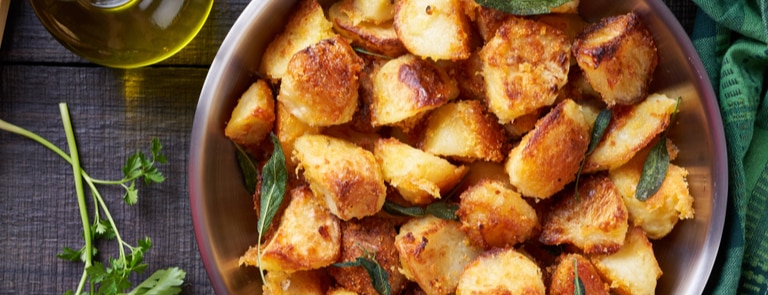

2. Bread
If you haven’t tried cornbread yet, what are you waiting for! Polenta bread is essentially cornbread (if you use coarse cornbread). Most recipes call for a mix of polenta and standard bread flour, resulting in a flavourful and nicely crisp bread.
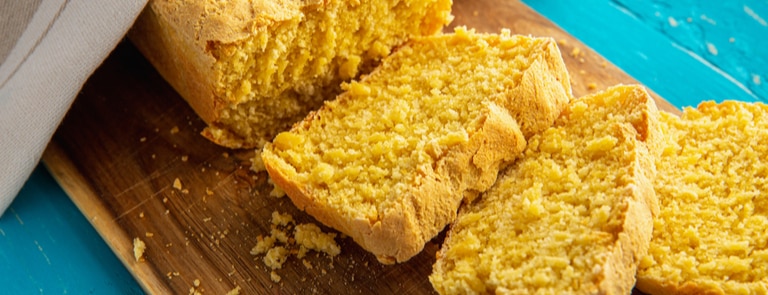

3. Tart
Polenta makes a great gluten-free tart base. Try it out by following our vegan polenta and rosemary tart with roasted garlic and white beans.
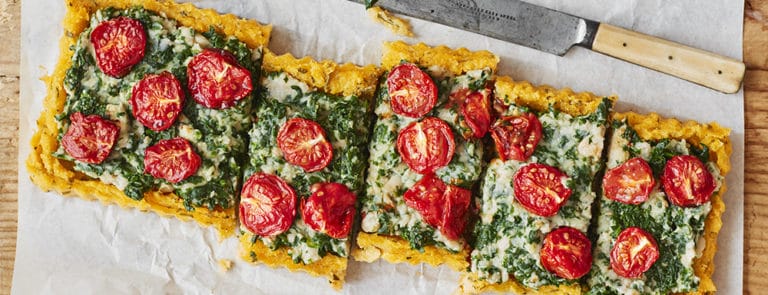

4. Cake
We told you it was versatile! Polenta can make a fabulous alternative to regular flour in cakes. Get inspired with our manuka honey and orange polenta cake with pistachios.
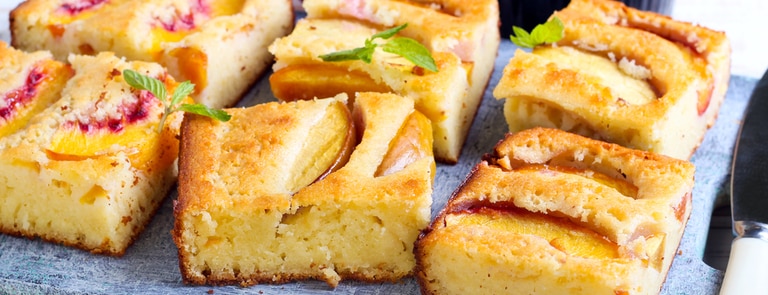

The final say
Want some more inspo for cooking polenta?
Check our our 12 polenta recipes.
We hope that has got you clued up on all things polenta and inspired you to give this Italian favourite a try.
Last updated: 25 August 2021
